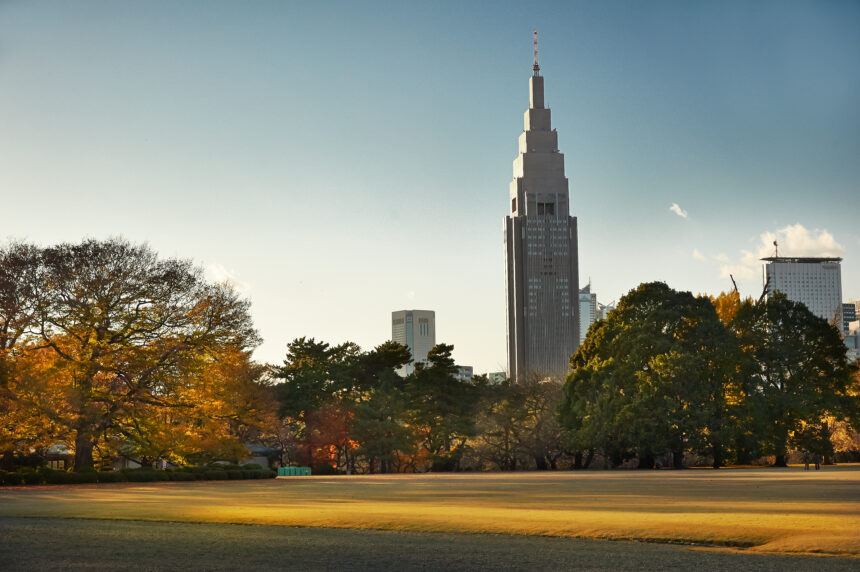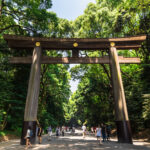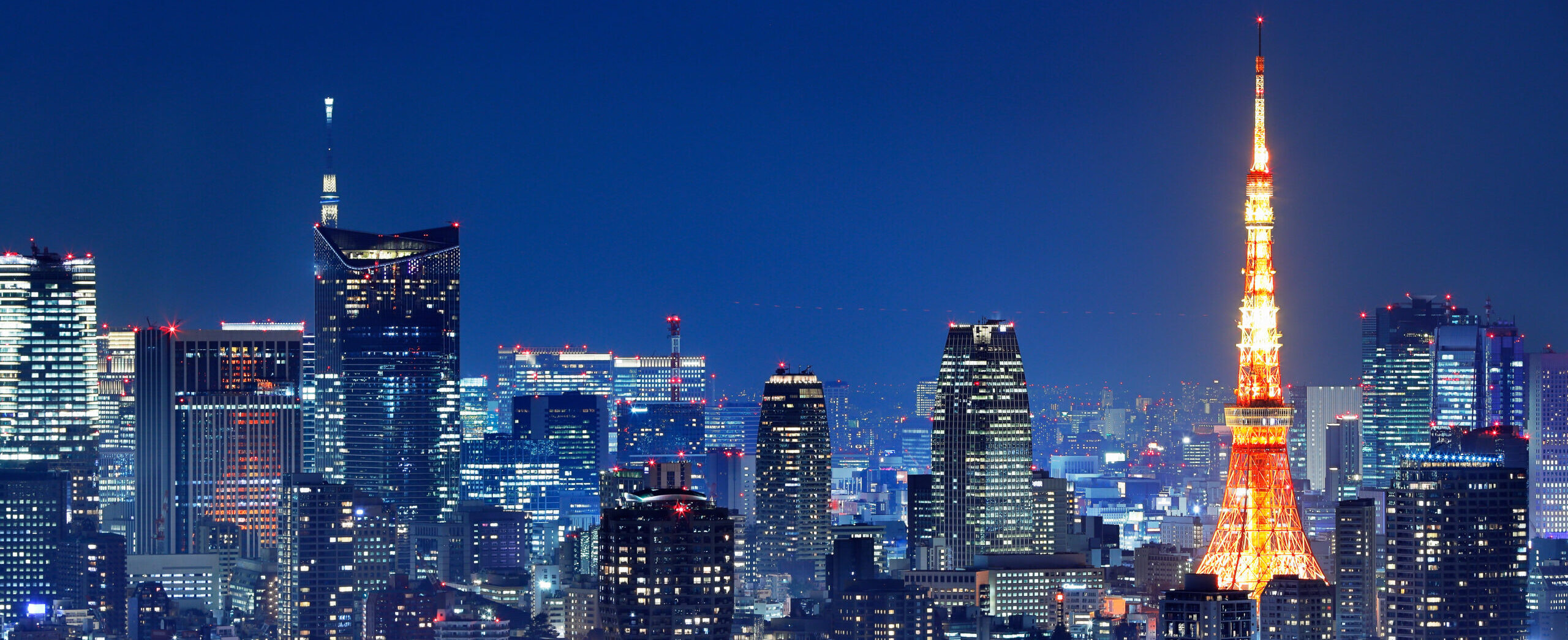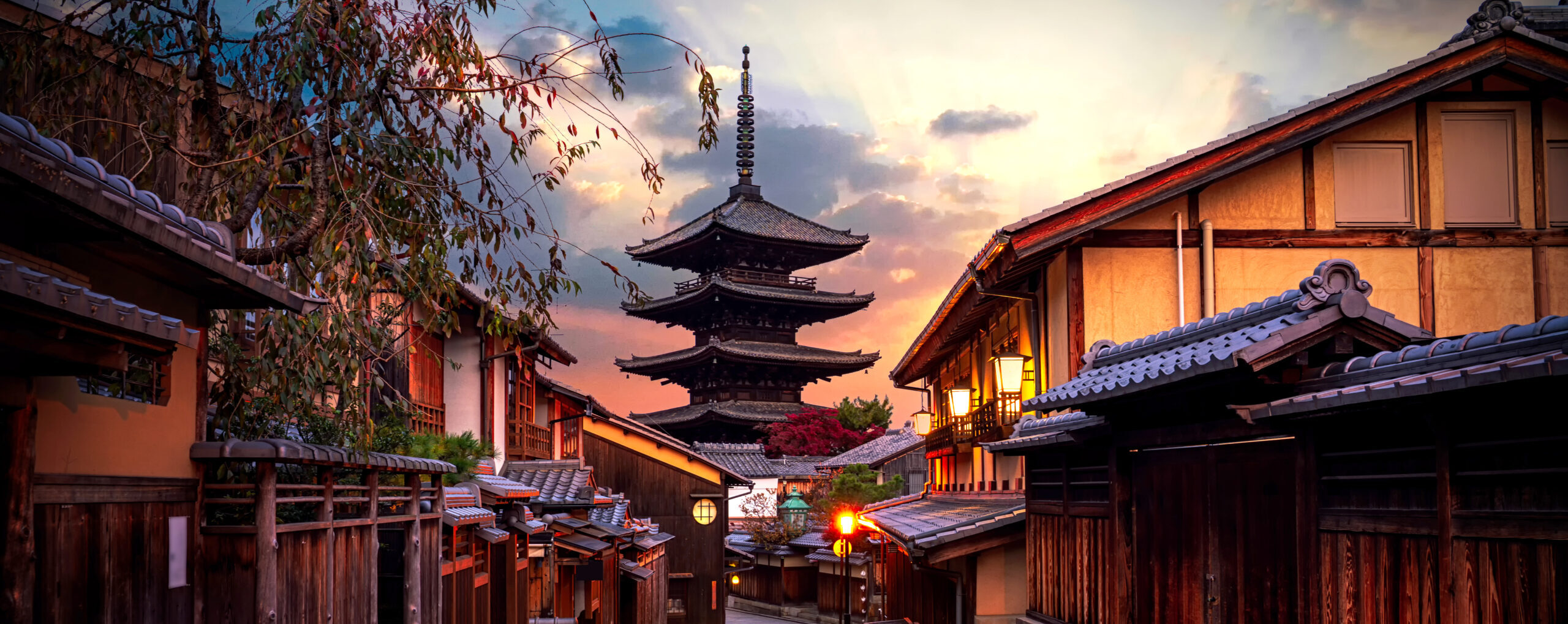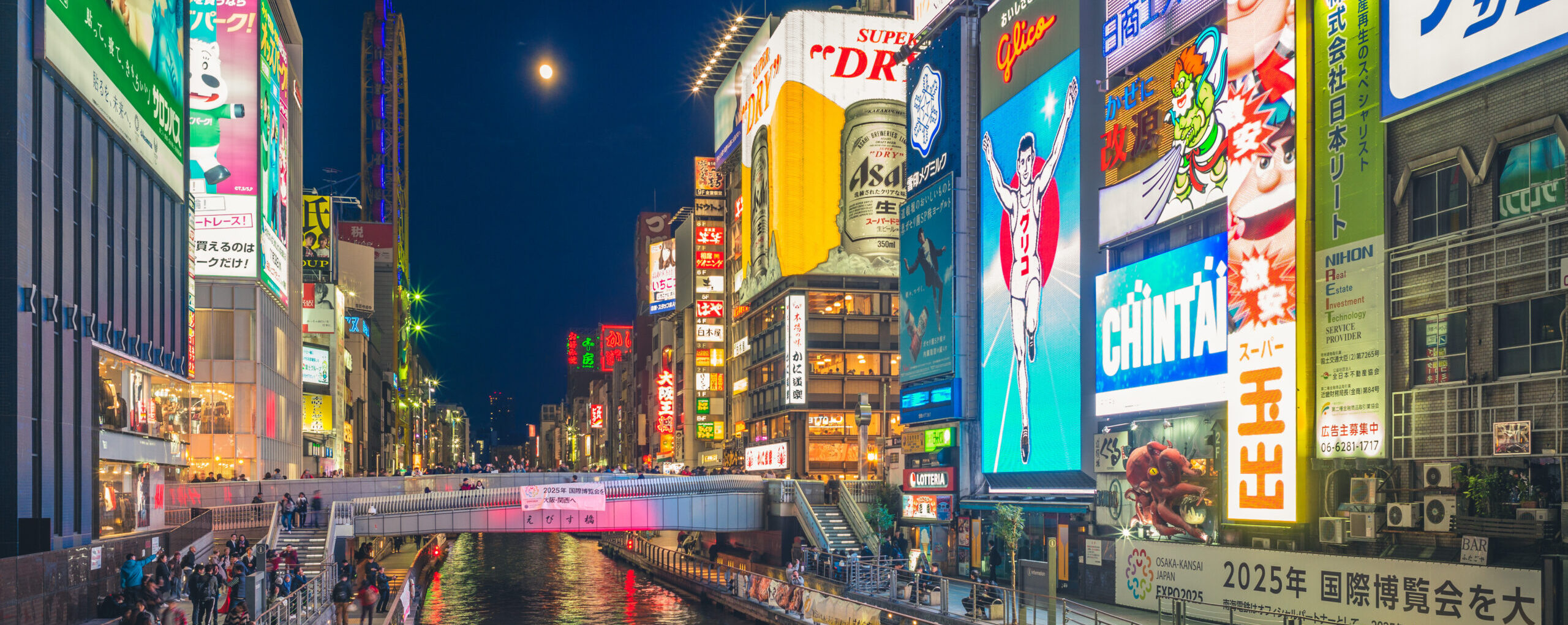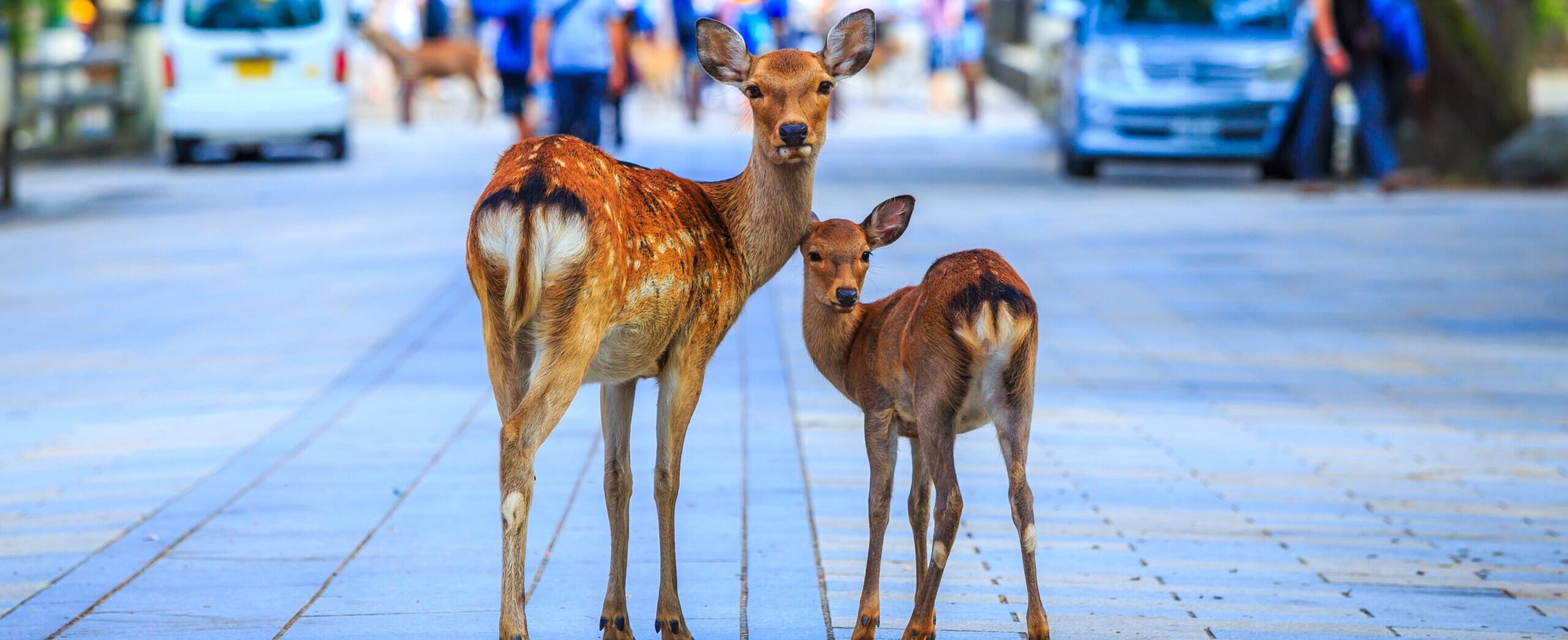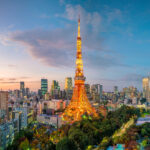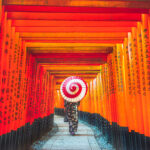In this Article
1. Overview of Shinjuku Gyoen National Garden
Shinjuku Gyoen National Garden is a vast, beautifully landscaped park located in the heart of Tokyo. Spanning 58.3 hectares, the garden is an oasis of tranquility amidst the bustling Shinjuku district. Known for its stunning cherry blossoms in spring, as well as seasonal displays of roses, autumn foliage, and winter camellias, Shinjuku Gyoen offers a scenic retreat for locals and tourists alike. The garden combines three distinct styles—Japanese traditional, English landscape, and French formal—making it a popular spot for relaxation and nature photography.
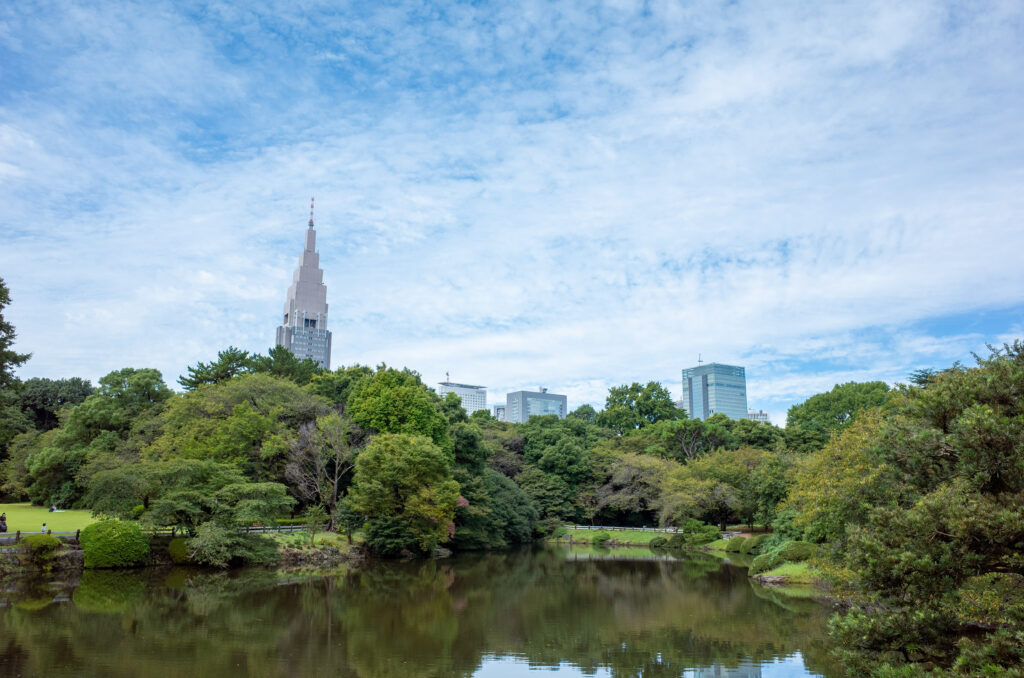
2. History of Shinjuku Gyoen National Garden
Originally a private estate for the Naito family during the Edo period, Shinjuku Gyoen was later transformed into an imperial garden in 1906 and subsequently opened to the public after World War II. Designed by French landscape architects, the garden was created to celebrate Japan’s unique flora while also incorporating Western design elements. Shinjuku Gyoen now serves as both a historical and botanical landmark, showcasing a rich mix of native and exotic plants.
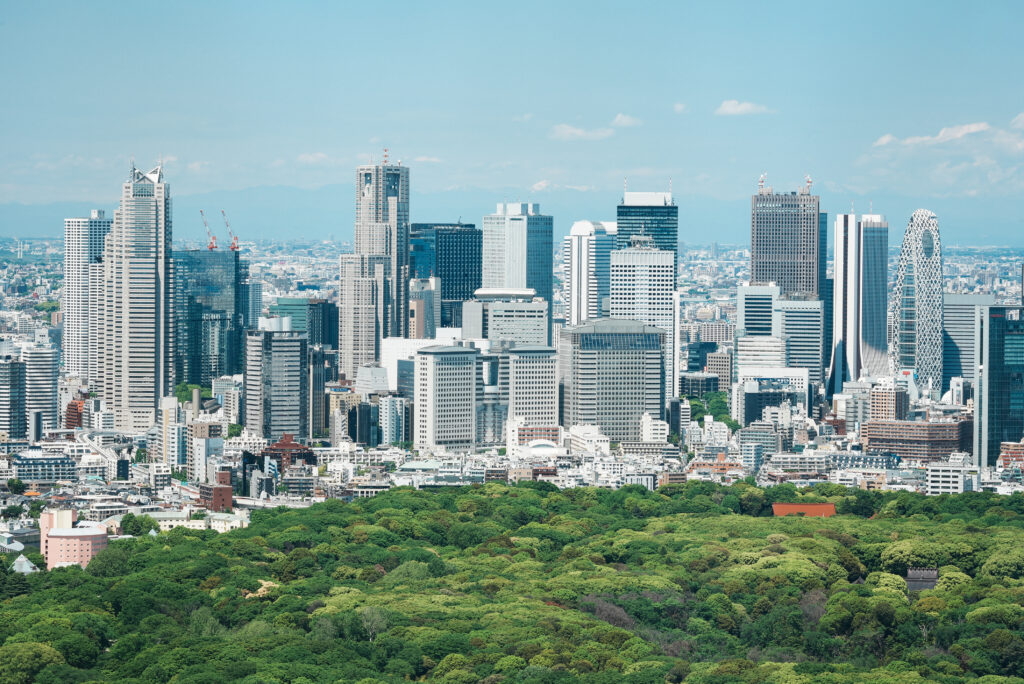
3. Highlights of Shinjuku Gyoen National Garden
Japanese Traditional Garden
The Japanese Traditional Garden within Shinjuku Gyoen features picturesque ponds, stone lanterns, and wooden bridges, embodying the essence of Japanese aesthetics. Visitors can enjoy tea at the traditional teahouse, Kyu-Goryo-Tei, while gazing at the serene landscape. This garden area is especially beautiful in autumn when the maples turn vibrant shades of red and orange.
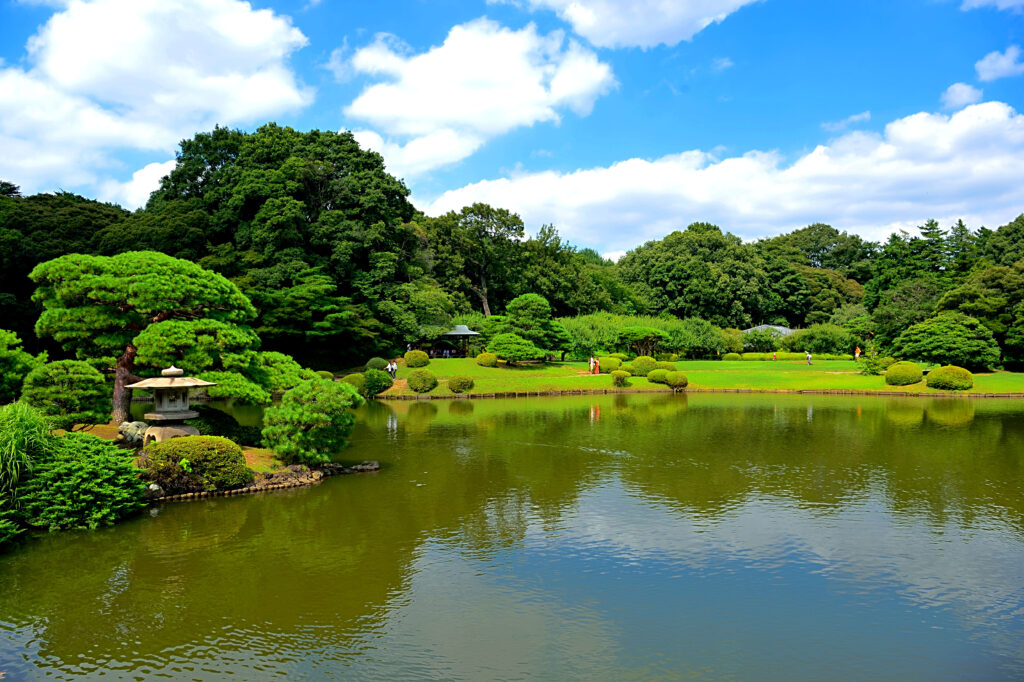
English Landscape Garden
The English Landscape Garden is a vast, open lawn area surrounded by lush trees. Its wide, grassy expanse is ideal for picnics and relaxation, and it provides a contrasting spaciousness to the more intricate Japanese Garden. This area is particularly popular during cherry blossom season, when the cherry trees lining the lawn create a stunning view.
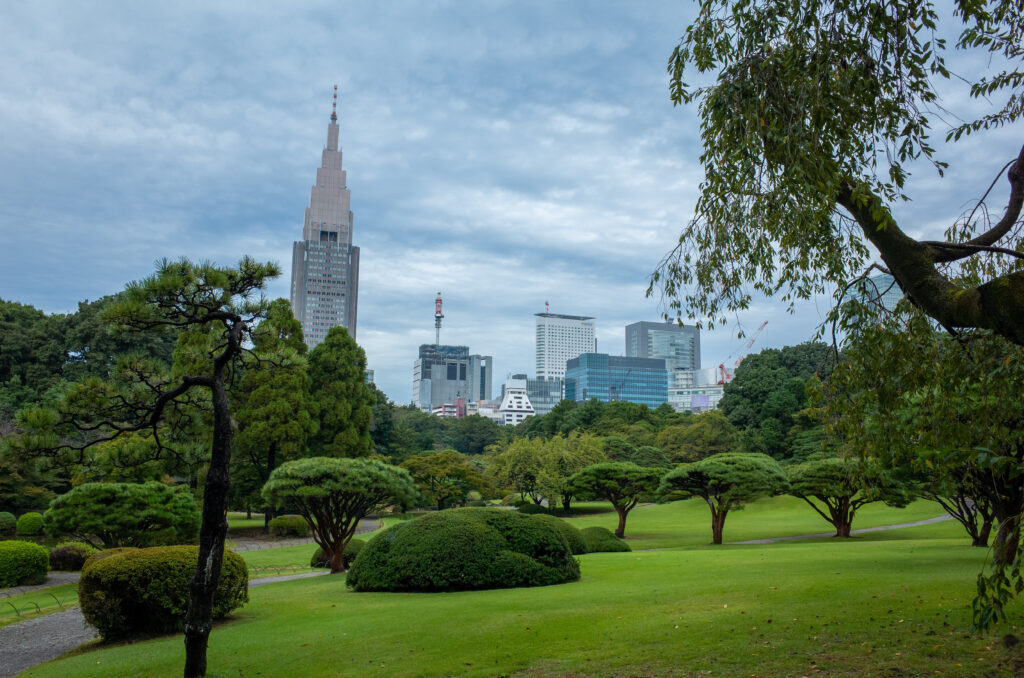
French Formal Garden
The French Formal Garden is known for its symmetrical layout and beautiful rose beds, offering a unique and colorful sight. The meticulously designed flower beds bloom in spring and autumn, making it a perfect spot for photography. This area highlights Western landscaping techniques, adding a unique dimension to Shinjuku Gyoen.
Greenhouse
The Shinjuku Gyoen Greenhouse houses over 1,700 species of tropical and subtropical plants, including rare orchids, palms, and ferns. Built in the 1950s and recently renovated, the greenhouse is a fascinating attraction for plant enthusiasts and offers a warm retreat during winter months.
4. Seasonal Highlights and Events
Shinjuku Gyoen is famous for its seasonal beauty, with cherry blossoms in spring, vibrant foliage in autumn, and various flowers throughout the year. During hanami (cherry blossom viewing) season, the garden becomes a top destination in Tokyo. Special events are also held occasionally, including traditional tea ceremonies in the teahouse, providing visitors with a cultural experience.
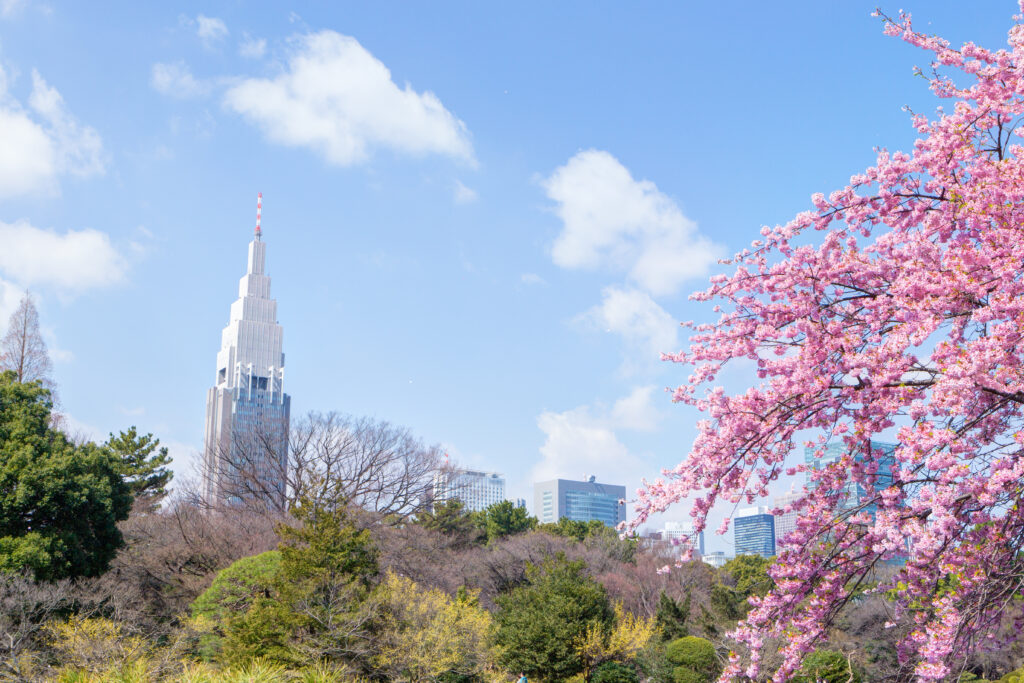
5. Access to Shinjuku Gyoen National Garden
Shinjuku Gyoen is easily accessible from Shinjuku Station, Shinjuku-gyoemmae Station, and Sendagaya Station, all of which are within walking distance. The garden’s central location in Tokyo makes it a convenient and popular stop for anyone exploring the city.
6. Hours and Fees
Admission Fees
500 yen
Opening Hours
9:00 AM to 4:00 PM (Oct.1 to Mar.14)
9:00 AM to 5:30 PM (Mar.15 to Jun.30, Aug.21 to Sep.30)
9:00 AM to 6:30 PM (Jul.1 to Aug.20)
Closed Days
Mondays (or the following day if Monday is a national holiday)
Year-end holidays (December 29 to January 3)
*Admission fees and hours are subject to change; please check the official website for the latest information.
